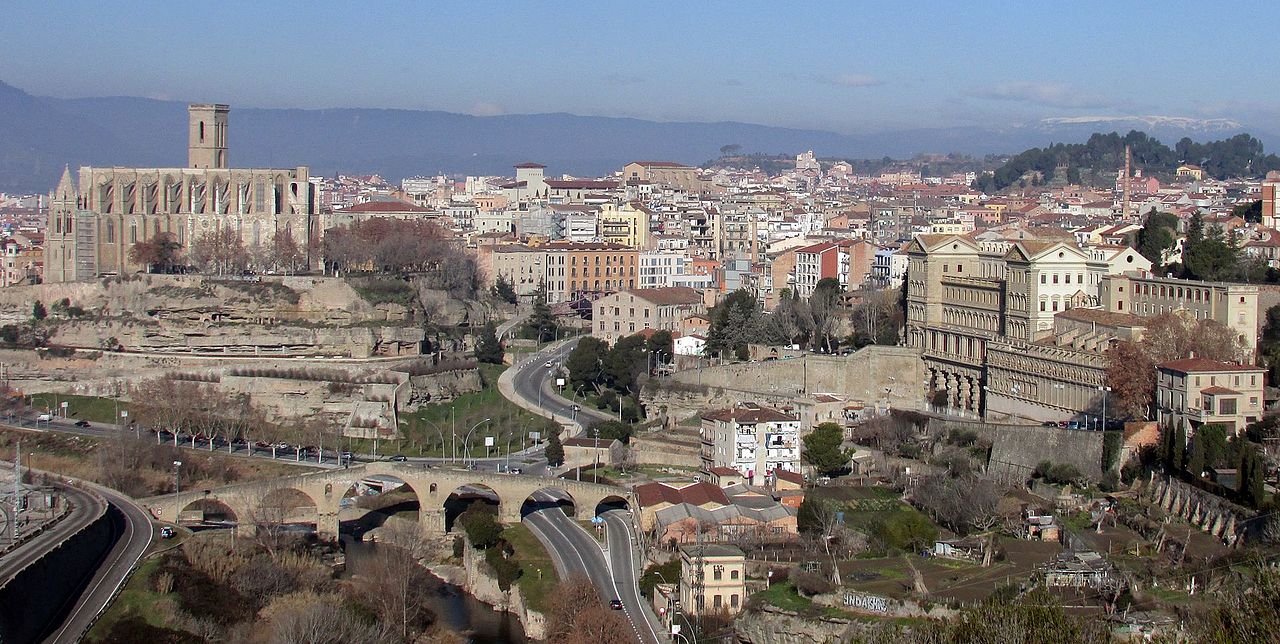
Manresa is located in the interior of the province of Barcelona and it is the capital of the Bages region. It is about sixty-five kilometers from the Ciudad Condal and it could be said that it marks the border between the industrial area of this and the Catalonia rural.
Inhabited since Neolithic, there are indications of a later settlement lacetan and, already in the first century after Christ, a city is mentioned which is called Baccasis and that could be the current Manresa. Its long history has left a medieval old town, baroque buildings and other more recent ones in the modernist style. If you want to know Manresa, we invite you to follow us.
What to see and do in Manresa
Our tour of the Catalan city begins in its medieval set, formed by its cathedral and by several bridges. Its strategic core is the Plaza Mayor, although several fires forced to modernize this urban space. We are going to see the most representative buildings.
Collegiate Basilica of Santa María de la Aurora
Popularly known as the Seu, is the cathedral of Manresa. It was built in the XNUMXth century following the Romanesque canons. However, later reconstructions gave it a fundamentally Gothic with Renaissance and Baroque additions. Even its main facade, from the beginning of the XNUMXth century, is neo-gothic and work of the architect Alexandre Soler i March, who had the help of the great Antonio Gaudi.
Inside it highlights the crypt, decorated with pieces of alabaster, which houses the tombs of the city's patrons: Santa Inés, San Fructuoso and San Mauricio. You should also visit the Renaissance chapel of the Blessed Sacrament and baroque cloister.
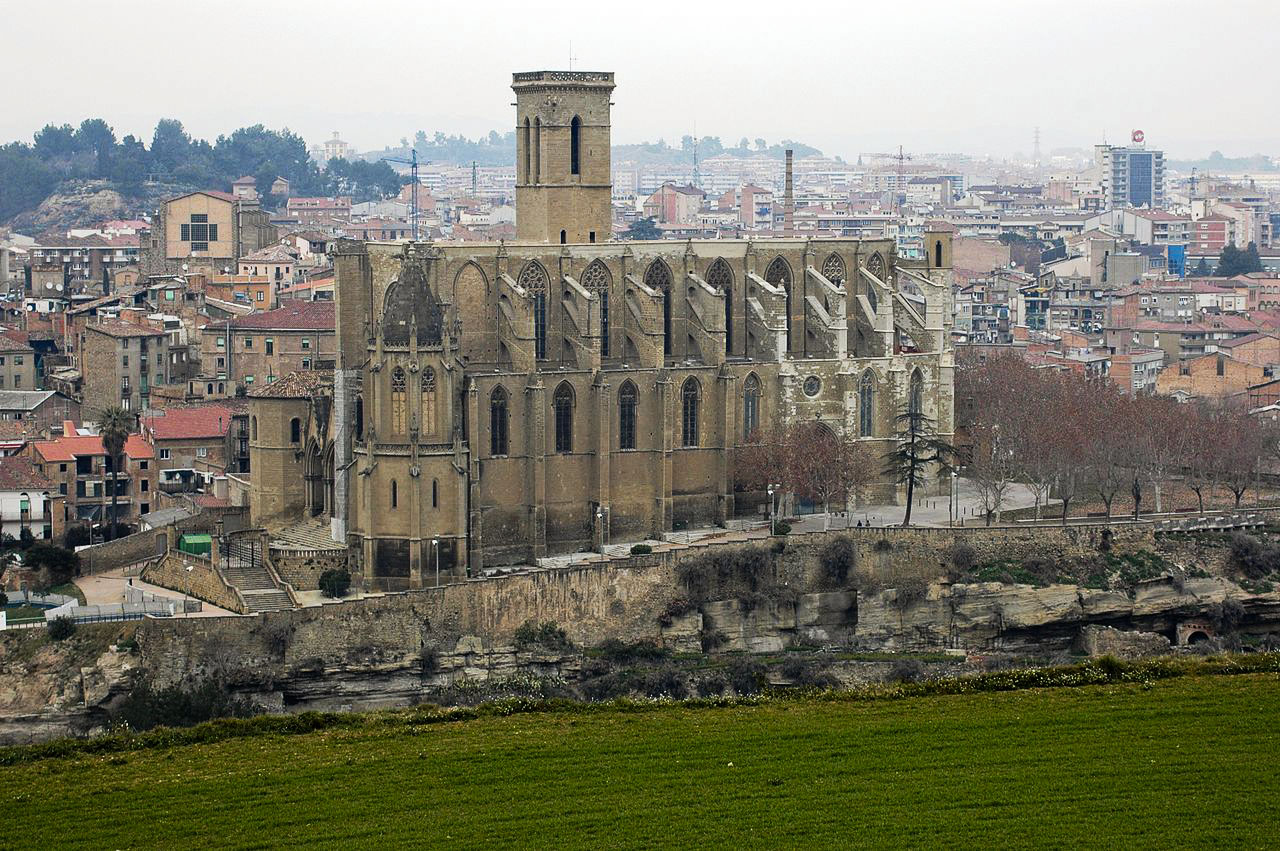
The Cathedral of Manresa
Other religious buildings in Manresa: the Cave of San Ignacio
There are other temples in the city that are also worth your visit. It is the case of the Carme church, whose origins are Gothic, although it had to be rebuilt after the Civil War. Equally gothic are the convento of Santa Clara, built at the end of the XNUMXth century, and the chapel of Sant Marc.
More important is the call Cave of San Ignacio. As its name suggests, it was a primitive hollow in the rock where the saint took refuge, who spent time in Manresa. But in that same place today you can see one of the most lavish buildings in the town, a beautiful santuario decorated with a mixture of styles ranging from baroque to modernist. Also, you can't miss the views of the Cardener River and the Montserrat mountain that you have from that place.
The Pont Vell
It is a spectacular eight-arched bridge whose construction dates back to the XNUMXth century, although it is believed that its origin was Roman. It is so named in contrast to Pont NouHowever, it was built in the XNUMXth century and is one of the best preserved medieval bridges in all of Catalonia.
The baroque route of Manresa
The baroque heritage of Manresa has nothing to envy to the medieval one of the city itself. Starting with the imposing building of the Town hall, located on one side of the Plaza Mayor and following the old Courthouse, built in the seventeenth century.
To complete this route, we advise you to visit stately homes such as Ca l'Oller, Ca l'Assols or the Suanya House, as well as the churches of Sant Bartomeu and Saint Francesc de Paula, both with their respective convents.
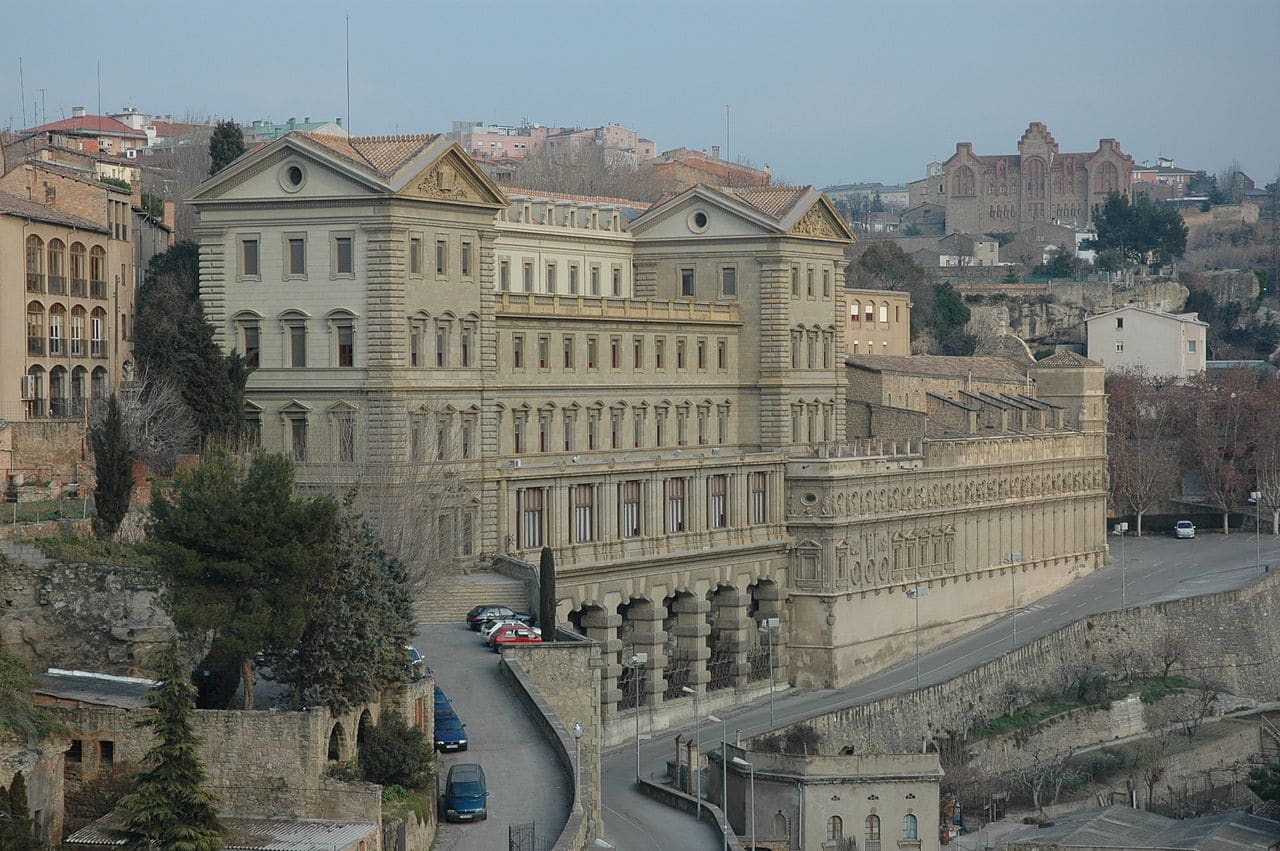
Sanctuary of the ancient Cave of San Ignacio
The modernist heritage
The result of the industrial strength of Manresa in the late XNUMXth and early XNUMXth centuries was the construction of spectacular modernist buildings. Perhaps the most emblematic of them all is that of the Casino, with its stained glass windows and rich ornamentation. Its person in charge was the architect Ignasi Oms i Ponsa, to whom many other modernist constructions of the city are also owed.
Thus, the House Lluviá, a mansion with two towers of different proportions and plant decoration. And also the Torrá House, with its central gallery of stained glass and wrought iron; the Padró Domènech House, built in red brick, or the Gabernet Espanyol House, with its historicist decoration of Romanesque and Gothic elements.
The modernist heritage of Manresa is completed by buildings such as the precious Harp kiosk, Kursaal Theater or the singular Cal Jorba. But also industrial constructions such as flour factories Albareda y Florida, without forgetting educational centers such as Lluis de Peguera Institute.
The surroundings of Manresa
But not everything you can see in Manresa are monuments. The city also has green areas such as the impressive L'Agulla Park, with its gigantic artificial lake and its almost seven hundred trees, or the Sèquia Park, which runs through part of the ditch of the same name built in the fourteenth century to supply water to the town.
You can also go up to Santa Caterina Tower, from which you have impressive views of the Cardener valley and the city itself. Or walk the Green Ring, a space of great environmental value that surrounds Manresa. Finally, you have two beautiful routes for hiking or cycling along the streams of Rajadell and Guardiola.
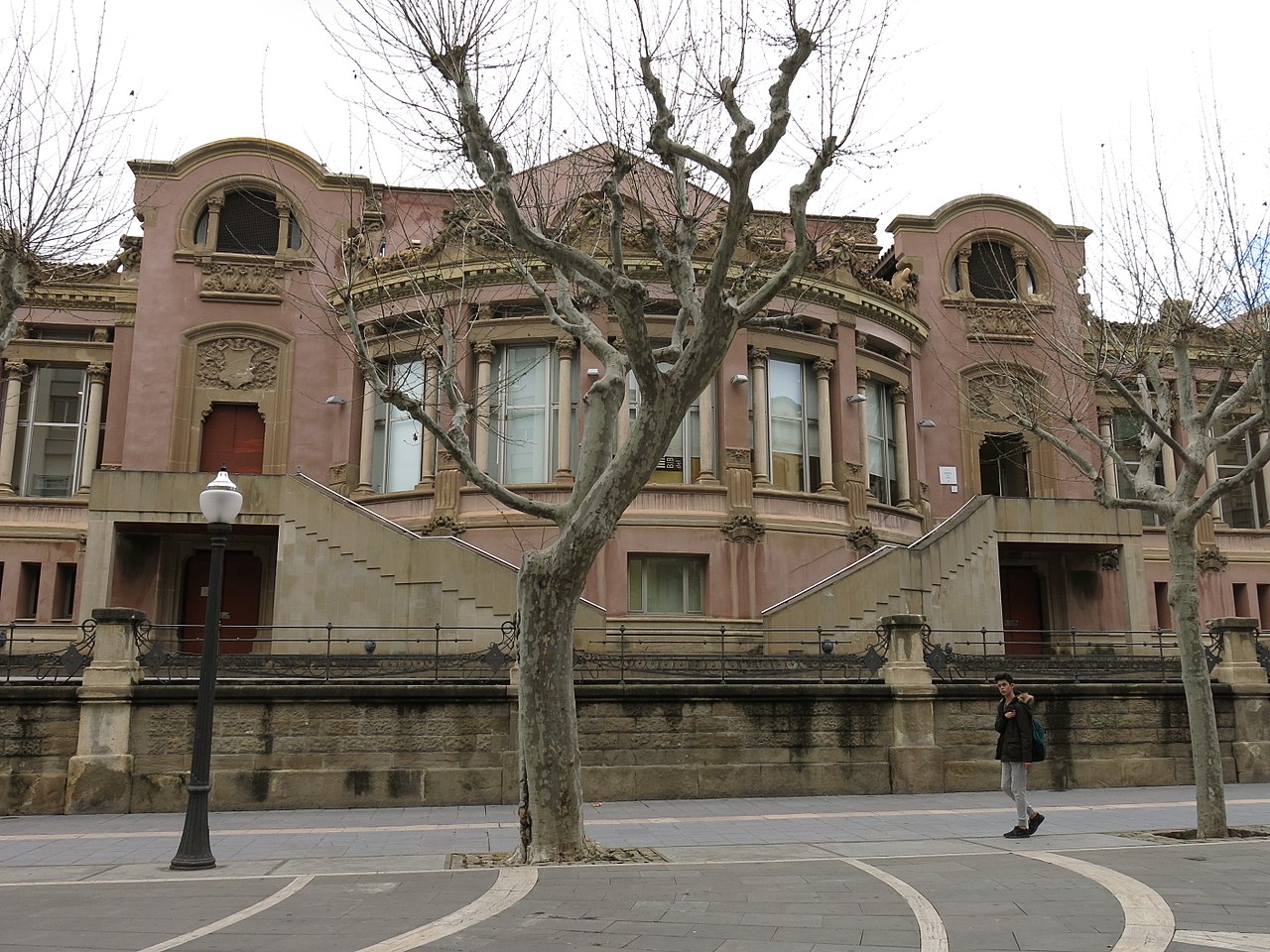
Manresa Casino
When is it better to visit the Catalan city
Manresa's climate is typified as submediterranean, which combines elements of the Mediterranean climate itself with the continental one. Thus, winters are cold and summers are very hot. Regarding rainfall, they are quite abundant, especially in winter.
Therefore, the best times to visit the city are spring and fall, with mild temperatures and good general weather. However, the Festival de Manresa takes place the last weekend of August.
What to eat in Manresa
Manresan gastronomy has excellent raw materials in the orchards in the Bages region, which produce excellent garlic, zucchini, aubergines, tomatoes, cucumbers and watermelons.
With them, typical dishes such as cod manresana, which has potatoes and ali-oli, or the rabbit with boletus, which is also called Manresana. But it also carries cod the poti-poti salad and they cannot forget the scalded or snails, a whole tradition in the area.
As for the sweet, you have the sheep of Sant Pare, pancakes and rough, although it is also a typical dessert the killed from Montserrat, similar to cottage cheese. And, to drink, you have magnificent wines from the Denomination of Origin Pla de Bages. In addition, lately the sweet bullit wine, which was made in the farmhouses in an artisan way five centuries ago.
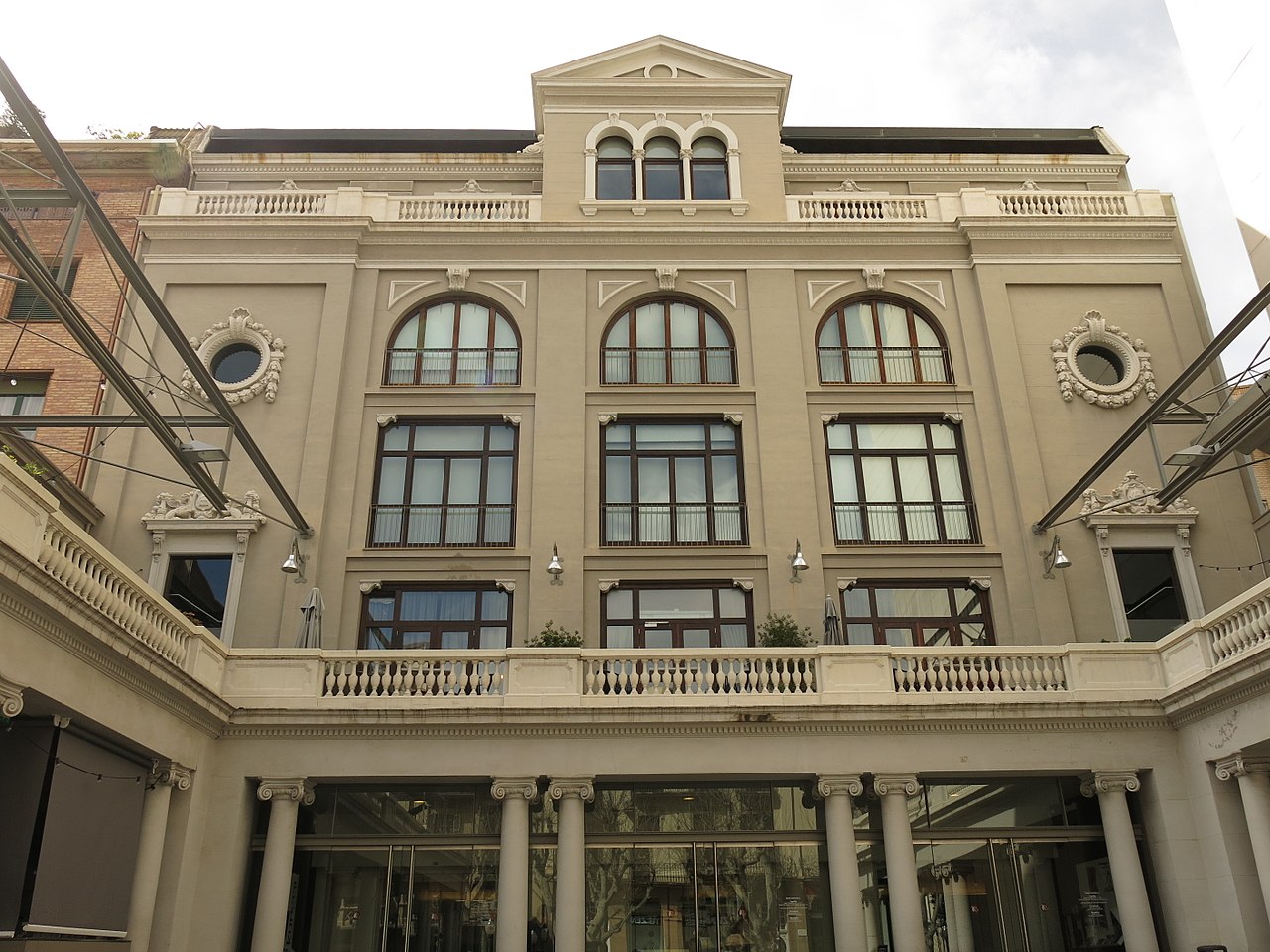
Kursaal Theater
How to get to Manresa
The closest airport to the Catalan city is Barcelona, which is, as we told you before, about forty miles away. To get to Manresa you can take the train, as there is a commuter line, or the bus, which leaves from the same aerodrome.
However, if you prefer to travel in your own car, we will indicate that the roads that lead to the Catalan town are the E-9 and C-55 if you come from Barcelona; The App-7 and C-25 from Gerona and also the latter since Lleida.
In conclusion, Manresa is in a beautiful natural environment and has a wonderful medieval, baroque and modernist heritage. If to all this you add an exquisite gastronomy, you have all the ingredients (pun intended) to visit the Catalan city.